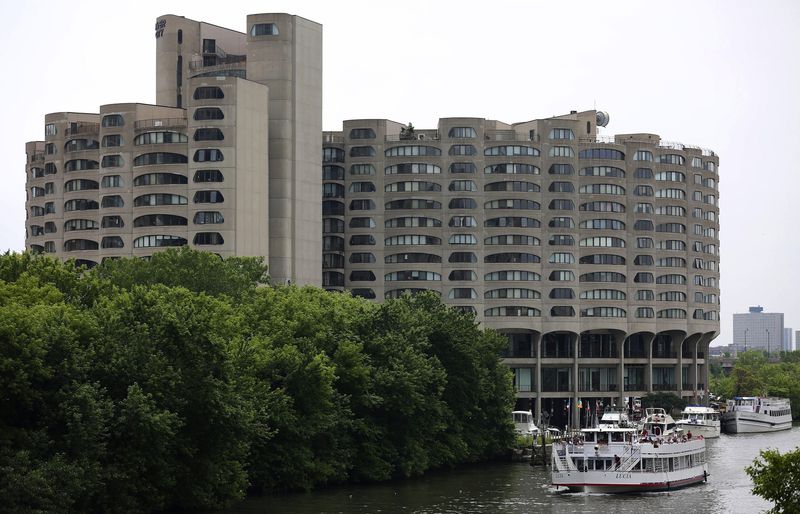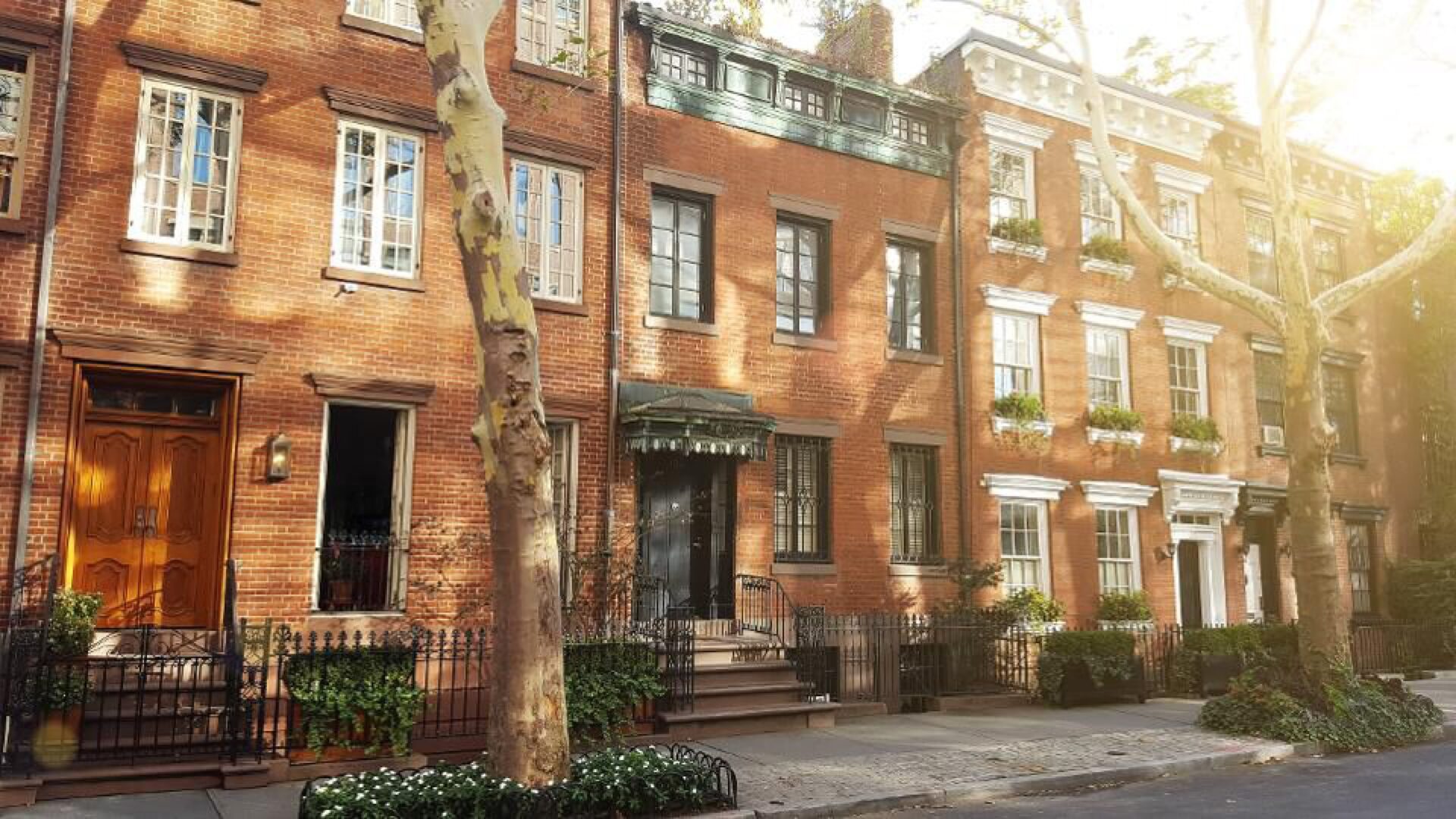11.05.19
Chicago Tribune: Chicago’s condos are turning into rentals. Here’s what’s driving the deconversion trend, and what it means for condo owners.

By Carisa Crawford Chappell, Chicago Tribune
Chicago apartment buildings can have many lives. “It used to be you bought an apartment building and converted it into condominiums,” said Susan Tjarksen, a managing director in the Chicago office of Cushman & Wakefield, “and now we’re seeing the reverse of that.”
While that’s the simplest definition of the condo deconversion trend sweeping the city, turning condos into rental apartments is not a simple process for residents, the community or investors. Residents who buy a unit in a building seeking the stability of homeownership are often forced to move when an apartment investor buys the building. Investors often find themselves scrambling to find buildings that cater to the city’s hot rental market. And aldermen in neighborhoods that have seen rising deconversions are facing pressure from condo-owning constituents.
Condominiums that have surpassed their 1980s and 1990s heyday are prime targets for offers from investors. “It’s been a good way of finding an alternative source of investments,” said David Goss, co-founder and managing principal at Interra Realty. His firm did its first deconversion transaction of a 101-unit building in Uptown in January 2017. Since then, he’s noticed an uptick in the number of condos being turned into apartments.
The City Council has taken notice as well. Chicago’s recently passed Condominium Deconversion Ordinance, designed to decrease the number of condominiums that investors purchase, took effect Oct. 16. The ordinance increases the number of “yes” votes needed from condo unit owners to sell the building to an investor, from 75 percent to 85 percent.
But the law doesn’t mean deconversions are going away. Condo deconversions have become a niche business for Interra, and Goss said while the ordinance will make it a little more difficult, “if the economics are there, the economics are there.”
It’s no surprise that most of the deconversions are happening where the bulk of the condos are, on the North Side and in the downtown area. According to Tjarksen, most of these buildings are in excellent geographic locations, but they haven’t had significant appreciation from their purchase price in the past 15 years.
“As the buildings get older, they need more capital expenditure and it gets a little pricey sometimes,” said Tjarksen. “It’s happening in neighborhoods like Lincoln Park, River North and downtown for sure.”
While the North Side and downtown have been prime targets, Goss said investors are buying condo buildings all over. In fact, his firm met with a condo board in Hyde Park in October to discuss the purchase of a 130-unit building.
Investors Julian and Jon Mickelson purchased condo buildings on the South Side, primarily in the Bronzeville and Kenwood areas. They have deconverted about eight small condo buildings so far. Julian agreed there are more people looking to rent than to buy and the cost acquisition for a deconversion is less than it would be to buy a building.
How it happened
Prior to the 2008 financial crisis, high demand for home ownership meant that developers saw an opportunity in converting apartment buildings to condos.
“A lot of these buildings were 100 years old,” Kevin Rocio, a broker with @Properties Commercial said. “Developers went in and updated the plumbing and electrical, and the interior units of the apartments. They put shiny finishes on them and sold them as for sale housing.”
After the financial crisis, depressed real estate values meant that a lot of those condo owners wound up as landlords when they couldn’t sell their units.
Today, according to Goss, many of those owners are still hanging on, hoping for a return on their investment. But Goss believes they won’t be as appealing as trendy, new apartment buildings. “The sad reality is as time goes on, they will be worth more, but they’ll never be worth more than a full-amenity building,” he said.
The onset of new amenity-filled apartments coming to the market has created competition with many of the vintage condos found in Chicago. People are shifting away from some of those dated high-rise buildings and going to the brand-new apartment buildings next door. “Today, condos have a hard time competing with apartments in terms of what they can offer for rent and amenities,” said Rocio.
In the case of one deconverted downtown building, River City, the new building’s owners are creating a welcoming lobby, new fitness center, multiple co-working and gathering spaces including a dog run, outdoor grilling stations and shuffleboard courts.
The economics of a deconverison
Some argue that investors are heroes who come in and save struggling condo buildings that have left owners stuck with homes they can’t get out of.
In the case of one deconverted Uptown building, Dover Court, broker Andy Friedman of Kiser Group said the sale allowed those that purchased “in the frenzied days of 2007 and 2008 to recoup their purchase price and was a welcome exit for owners that had been turned into accidental landlords.”
The firm has actually had four transactions with Dover Court. Kiser first sold the property in 1998; then in 2000; again to the developers who converted the property to condos in 2007 and this year brokered the deconversion back to apartments.
Generally, people who sell their units in a deconversion get a significant premium over what they’d get if they sold it as a traditional multiple listing service (MLS) sale, according to Goss. “We sold a building in Lakeview where the average price for what it sold for the prior year was $165k unit. The building sold in excess of $260k per unit,” he explained.
The downside of deconversions
But not everyone views deconversions as a win-win deal. Ald. Michelle Smith of the 43rd ward is one of the co-sponsors of the ordinance designed to slow deconversions in the city. Her office became involved in deconversion transactions within the last year or so.
“Most people, when they purchase a condominium, they are buying a home more than they’re buying an investment. So, a condo deconversion has a direct impact on people’s ability to plan their lives,” she said.
Smith added that deconversions have resulted in the displacement of people, particularly long-term homeowners, who are counting on condos to be their retirement homes.
“As the market has changed and rental real estate has become more valuable in the market, the aggressiveness of developers has increased,” said Smith.
Ald. James Cappleman of the 46th ward said his community, and the elderly, have been impacted by a growing number of deconversions in Uptown.
Tjarken recognizes it’s a tough situation for homeowners to be in and added that it’s hard when people have lived in the building for decades or more. “They have their things in their apartment, and it’s fixed up the way they wanted. Moving can be unsettling,” she said.
After hard-fought battles, a few condo associations have successfully resisted sales. One of the most recent battles involved Lake Point Tower, an iconic condominium building on downtown’s Lake Shore Drive. The owners successfully fought investors to prevent their 70-story high-rise from being turned into apartments.
“There is a history about Lake Point Tower that becomes part of you that no money can buy. When residents were engaged by unsolicited proposals to buy hundreds of units, they felt uneasy,” said JoAnne O’Brien, the condo’s board president, adding that the owners view the property as a long-term investment.
Will the trend continue?
Whether the deconversion craze will continue depends on who you ask. But the fact remains: When there’s a lack of apartment inventory, investors want to snap up condos to deconvert, and some homeowners will fight back.
Tjarksen said the new deconversion ordinance is meant to protect people who still need some time to figure out where they’re going to go, but she speculates it won’t necessarily stop deconversions.
Rocio also doesn’t think it’ll put a big halt on the transactions. But he said it will prevent a lot of unsolicited offers.
Smith said the deconversion issue will require more conversations, but she hopes the ordinance succeeds in allowing people to stay in their homes. “When you’re older, having the rug pulled out from under you at a time in your life when you’re trying to budget and live an easier life, is very tragic,” she said.
Meanwhile, O’Brien has been fielding calls from other condo boards looking for advice on warding off investor deals. She’s optimistic that the steps the residents took will help deter investors who want to take control of their building in the future. “My advice to them is to take the pulse of the owners, and if they don’t want an influx of outside investors, they should use every means possible to protect their homes and investments,” she said.
